
Tornado Alley isn’t where it used to be. Once synonymous with the central Plains, this notorious stretch is now migrating eastward. Recent studies reveal a significant uptick in tornado activity across the Midwest and Southeast, while the traditional zones in Texas and Oklahoma are seeing declines.
This shift means states like Tennessee, Kentucky, and Mississippi are experiencing more frequent and intense tornadoes. The reasons? A mix of climate change, atmospheric dynamics, and increased moisture from the Gulf.
For residents in these areas, it’s time to recognize that tornado preparedness isn’t just for the Plains anymore.
The Science Behind the Shift
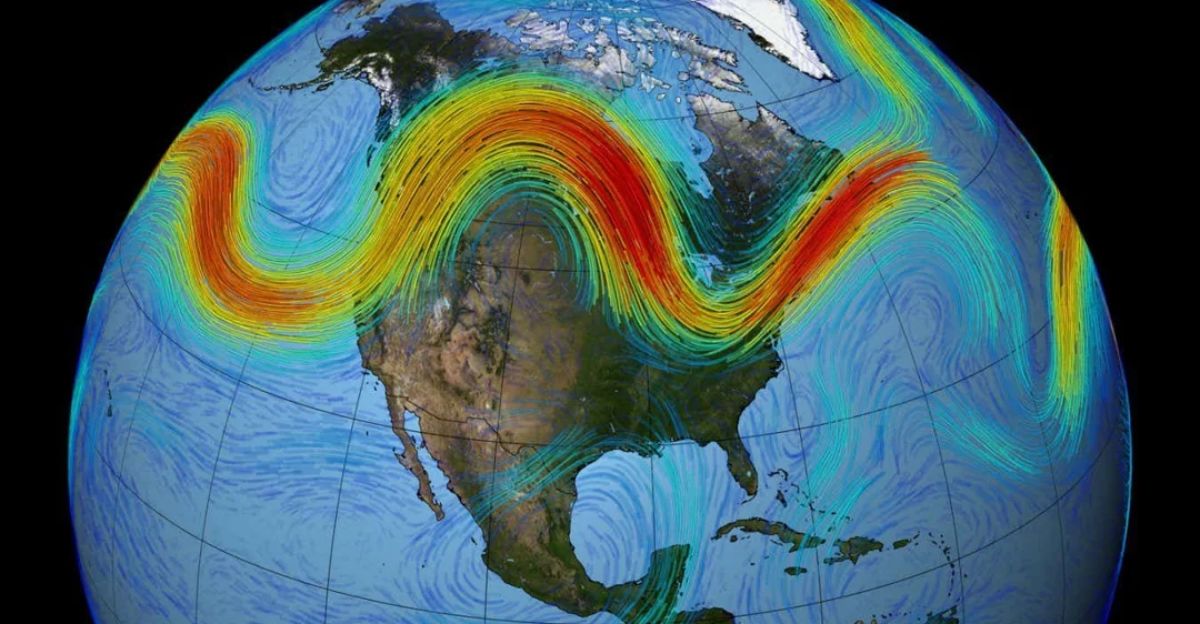
So, what’s causing this eastward migration? Meteorologists point to several factors. Climate change plays a role, altering jet stream patterns and increasing atmospheric instability. Additionally, warmer Gulf waters are sending more moisture northward, fueling severe storms.
These changes create ideal conditions for tornado formation in areas previously considered low-risk. The result? More tornadoes touching down in densely populated regions ill-equipped for such events.
Understanding these dynamics is crucial for adapting our preparedness strategies to the new reality.
States in the Crosshairs

The new Tornado Alley encompasses parts of the Midwest and Southeast. States like Tennessee, Kentucky, Mississippi, Alabama, and Indiana are now experiencing increased tornado activity.
This shift places millions more people at risk, many of whom live in areas without the infrastructure or awareness to handle such severe weather. Mobile homes, common in these regions, are particularly vulnerable.
It’s essential for residents to recognize this heightened risk and take proactive measures to protect themselves and their communities.
Tornado Alley’s Origins
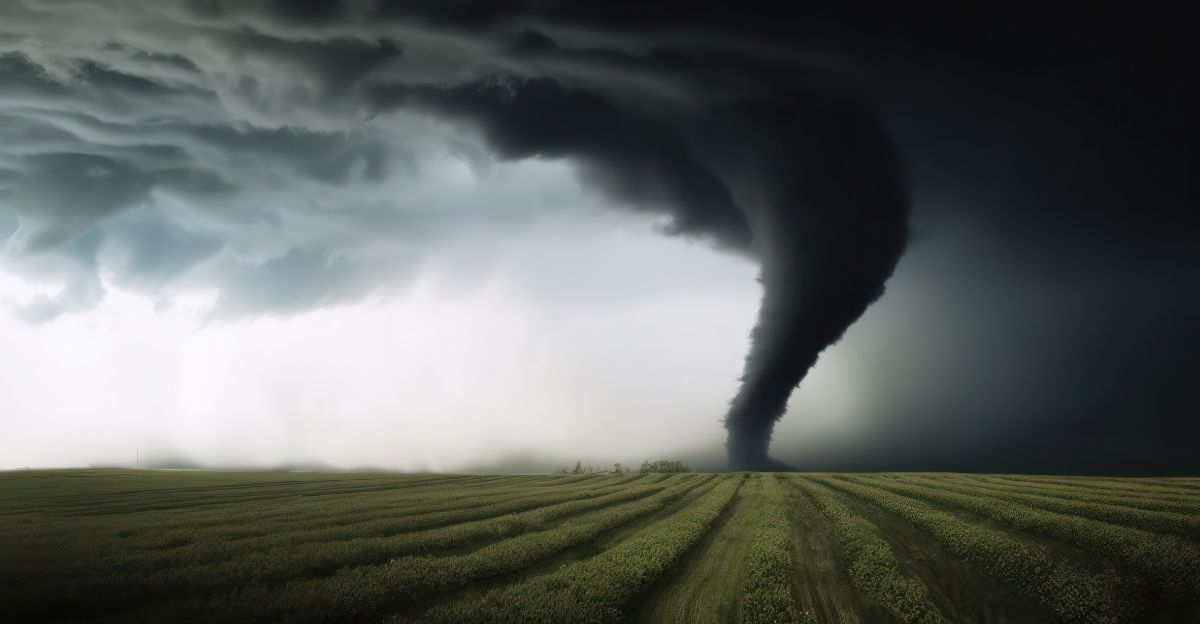
Tornado Alley originally referred to parts of the states of Texas, Oklahoma, Kansas, Nebraska, and South Dakota. The term was coined by two U.S. Air Force meteorologists, Major Ernest J. Fawbush and Captain Robert C. Miller.
The area isn’t officially defined and changes based on tornado patterns and occurrences. The historical definition was based on scientific data taken from studies from 1921 to 1995.
Urban Areas Under Threat
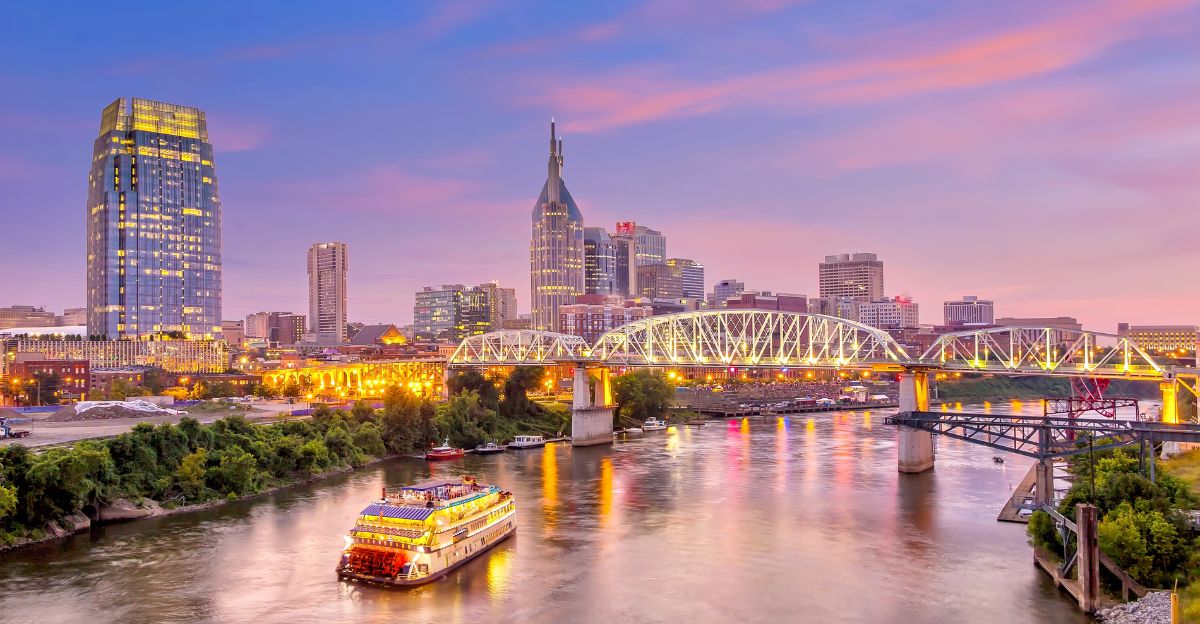
As tornado activity moves east, it’s impacting more urban and suburban areas. Cities like Nashville, Memphis, and Birmingham are now in the line of fire.
These densely populated regions face unique challenges. High population density means more potential casualties, and urban infrastructure isn’t always designed to withstand tornado-force winds.
Emergency services in these areas must adapt quickly, ensuring that warning systems are effective and that residents know how to respond when tornadoes strike.
The Role of Nighttime Tornadoes

One concerning trend in the new Tornado Alley is the increase in nighttime tornadoes. These storms are particularly dangerous because people are asleep and less likely to receive warnings.
The Southeast has a higher incidence of nocturnal tornadoes, which contributes to a higher fatality rate in these regions .
To combat this, communities need to invest in reliable alert systems that can wake residents during severe weather events, and individuals should have multiple ways to receive warnings.
Moving To Vulnerable Regions
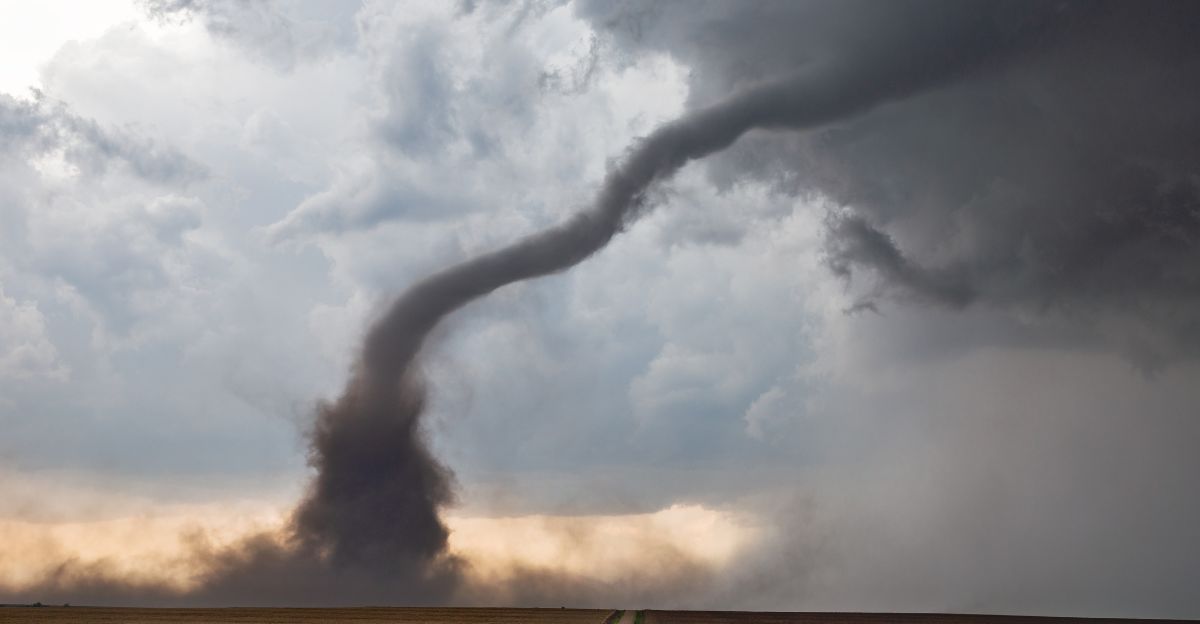
As Tornado Alley shifts eastward, other regions will see an increase in tornado activity. Dixie Alley, including Arkansas, Louisiana, Mississippi, Alabama, Tennessee, and Kentucky, is seeing more tornadoes than it has recorded before.
This region is especially vulnerable due to an increase in nighttime tornadoes and the many houses that simply aren’t built to with tornado resilience in mind.
How Drought Plays A Role
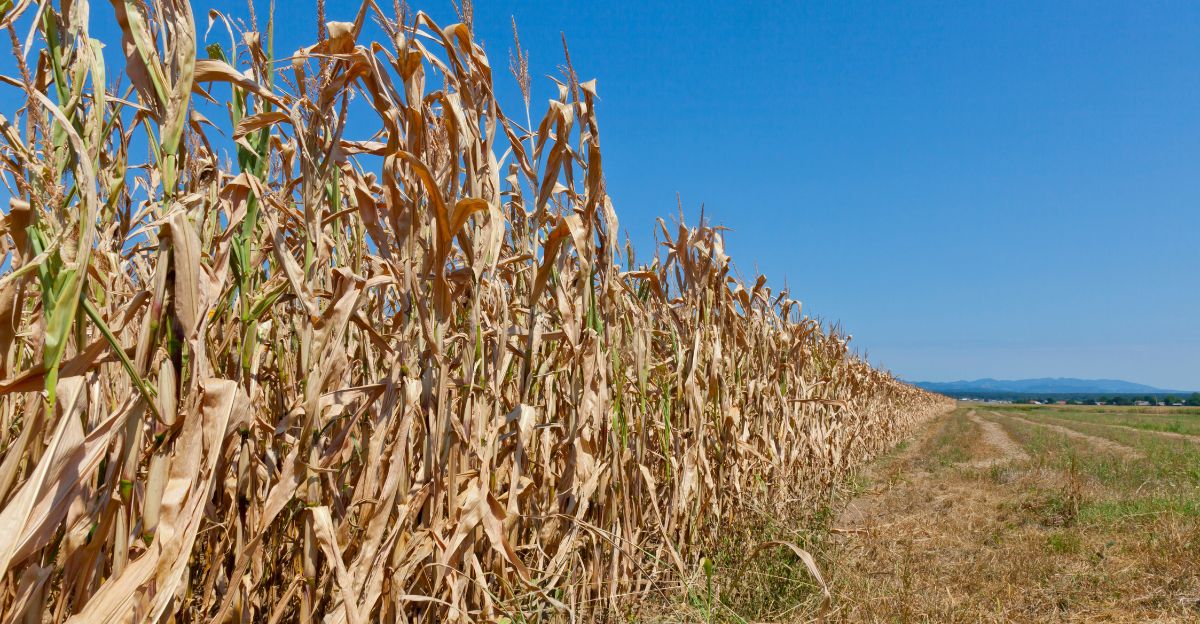
The traditional and unofficial boundaries of Tornado Alley are seeing less activity, and droughts have a role to play.
The South Central Plains has been plagued by a drought for more than twenty years, which has reduced moisture and storm formation in the region. Due to an increase in moisture, other areas are at a higher risk of tornado activity.
Changes In Wind Patterns
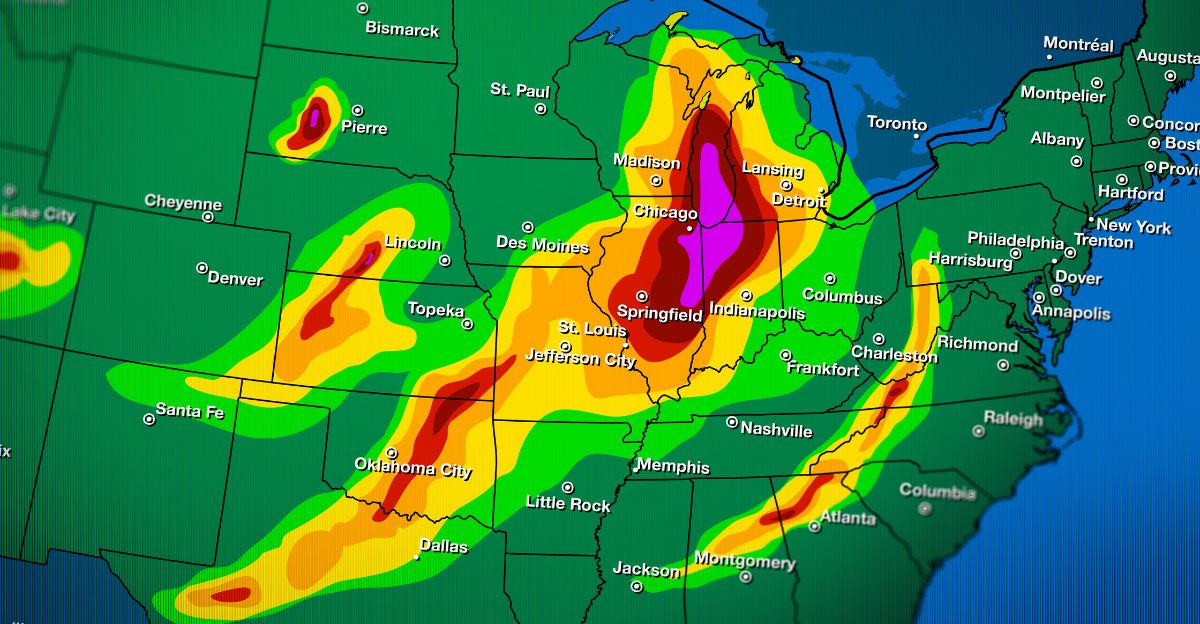
Tornado formation can be affected by atmospheric wind patterns, notably shifts in low-level jet streams that bring warm and moist air from the Gulf of Mexico up towards Tornado Alley.
Other factors include wind shear and moisture in the Southeast and Midwest that create a better environment for more violent tornadoes to form.
Infrastructure and Building Codes

Many areas in the shifting Tornado Alley lack the building codes and infrastructure to withstand severe storms. Unlike the central Plains, where tornado-resistant construction is more common, the Southeast often has older buildings and more mobile homes.
This makes the region more susceptible to damage and increases the potential for casualties during tornado events.
Updating building codes and investing in stronger infrastructure are critical steps in mitigating the impact of these storms.
More At Risk Each Year
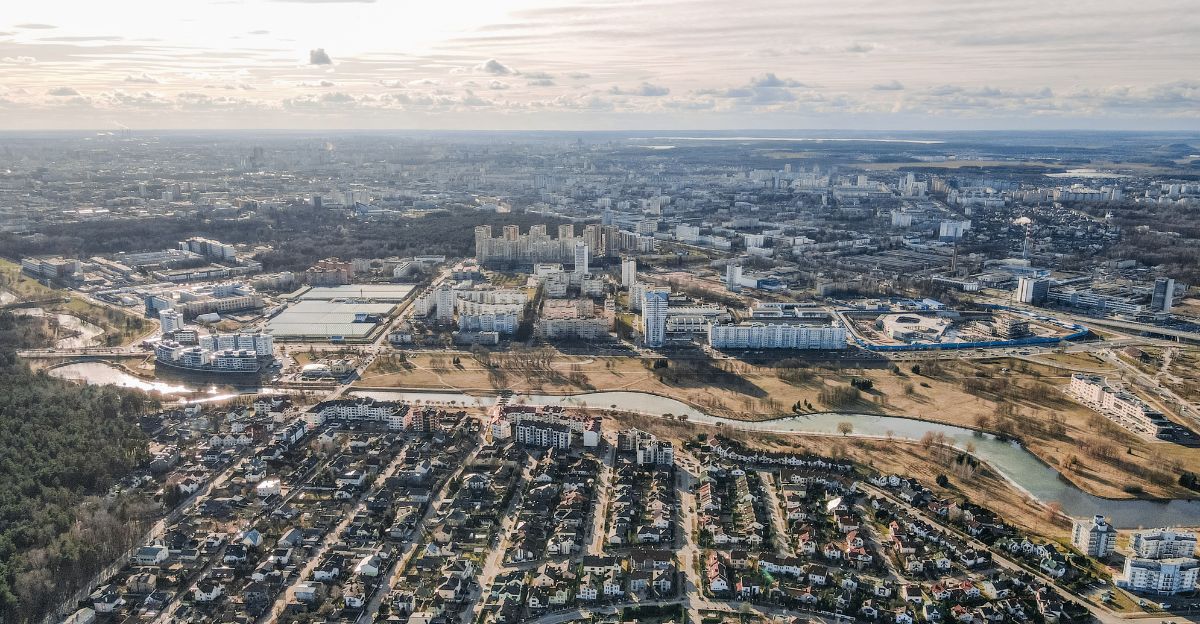
Tornadoes always pose the greatest risk to urban areas in the Midwest and Southeast, and as urbanization increases, there are more people and infrastructure to damage every year.
As expansion continues, these developments often don’t take violent tornadoes into account, which means that infrastructure lacks any resilience against them. Urban sprawl also makes evacuations more difficult and emergency response more complex during tornado events.
Insurance and Economic Impacts
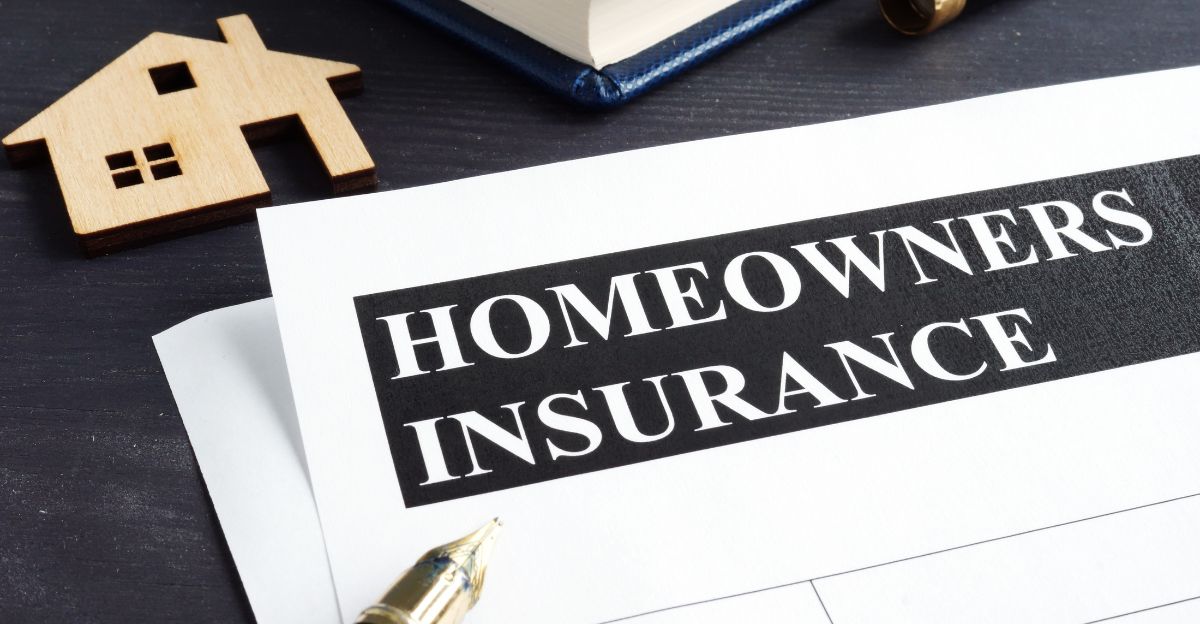
The increase in tornado activity in new regions has significant economic implications. Insurance claims are spiking in areas previously considered low-risk, leading to higher premiums and financial strain on residents.
Moreover, many homeowners in these regions may not have adequate coverage for tornado damage, leaving them vulnerable to financial ruin after a storm.
It’s essential for residents to review their insurance policies and for policymakers to consider programs that can help mitigate these economic risks. Unfortunately, The economic consequences go beyond insurance.
Going Beyond Insurance
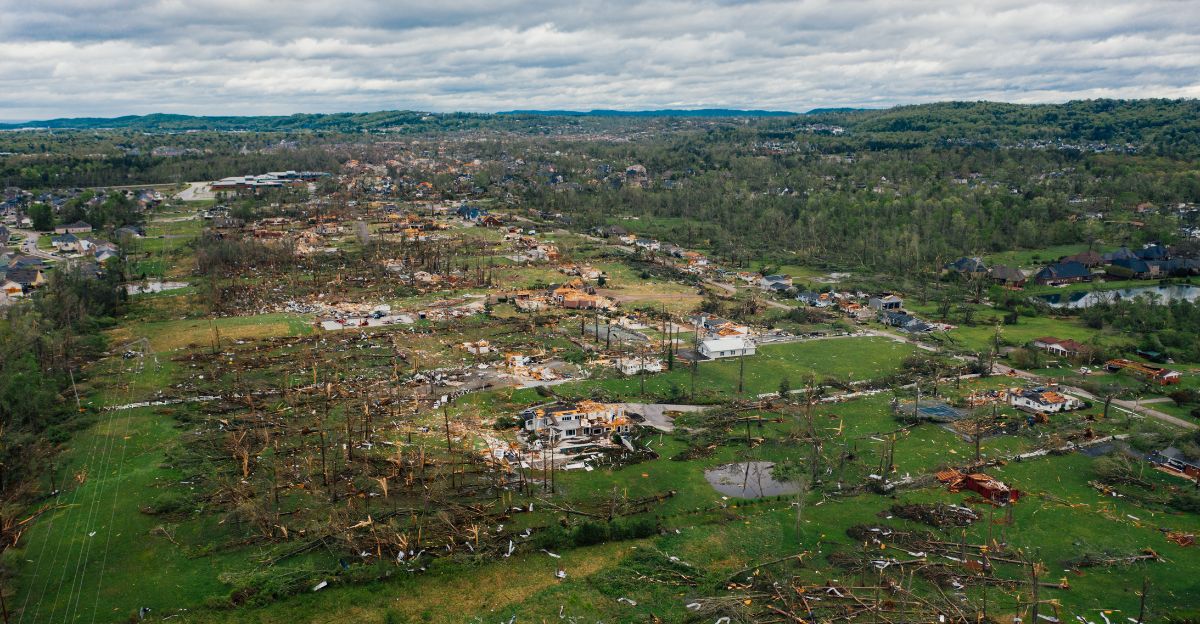
The economic damage that tornadoes have will disrupt local economies by forcing many businesses to close down temporarily, and others may receive infrastructure damage that will keep them closed for an even longer period of time.
This could lead to a loss of jobs in focused regions, which highlights just how important it is to be prepared for tornadoes.
Agriculture
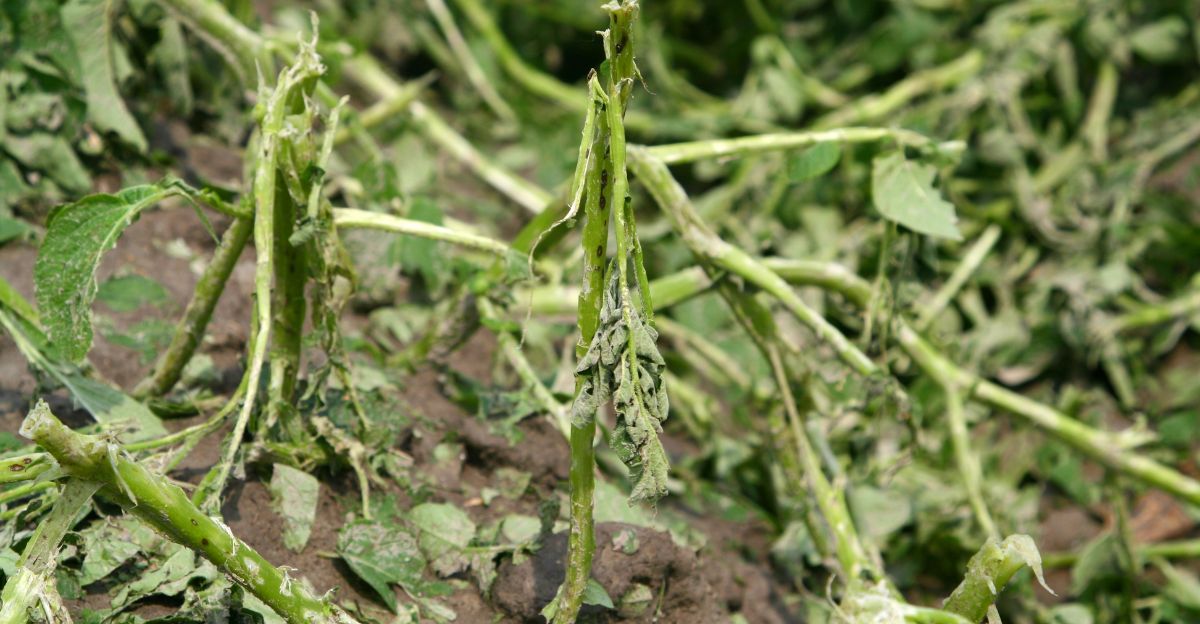
Tornadoes cause more than just damage to infrastructure. They can also have a large impact on agricultural industries. Crops like corn, soybeans, and cotton can be destroyed by tornadoes passing by.
Furthermore, high winds from tornadoes, even far away, can flatten fields and uproot plants. These factors can lead to a significant loss of yield for farmers.
Community Preparedness
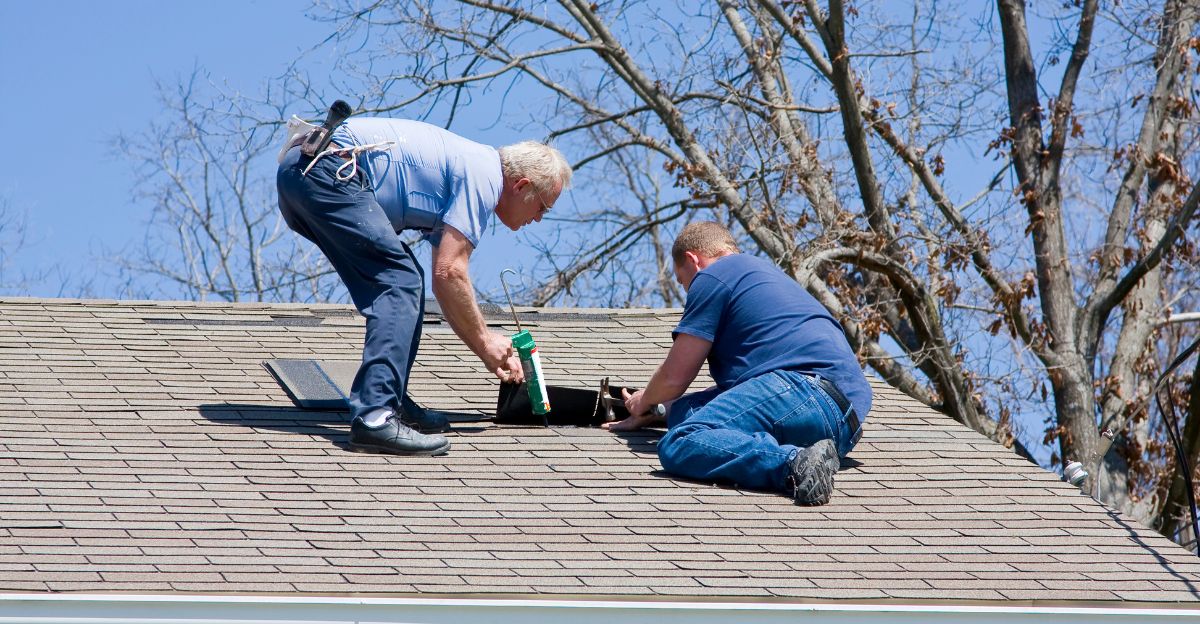
With tornadoes becoming more common in new areas, community preparedness is more important than ever. Local governments should invest in public education campaigns, emergency drills, and the development of community shelters.
Residents should also take personal responsibility by creating emergency plans, assembling disaster kits, and staying informed about weather threats.
Preparedness can significantly reduce the impact of tornadoes and save lives.
Ramped Up Relief

With the increased severity of tornadoes in certain regions, several organizations have ramped up relief efforts in the Midwest and Southeast, including the American Red Cross and All Hands and Hearts.
With these relief efforts poised and ready, the capacity of emergency services should be sufficient to deal with any tornadoes that arrive.
The Importance of Early Warning Systems

Early warning systems are a critical component of tornado preparedness. As tornado activity increases in new regions, ensuring that residents receive timely and accurate warnings is vital.
Investing in modern alert systems, such as smartphone notifications and weather radios, can help reach more people quickly.
Additionally, educating the public on how to respond to warnings can enhance the effectiveness of these systems and reduce casualties.
Adapting to a New Reality
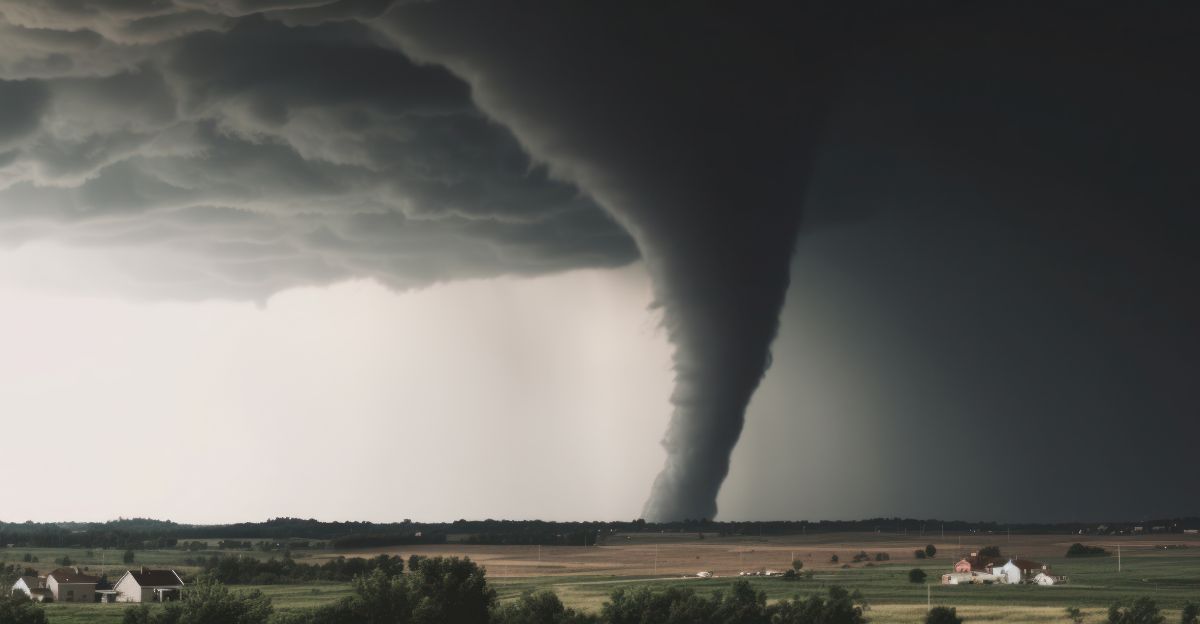
The eastward shift of Tornado Alley is a stark reminder that climate patterns are changing, and our preparedness strategies must evolve accordingly.
By understanding the risks, investing in infrastructure, and promoting community awareness, we can better protect ourselves against the increasing threat of tornadoes in these new regions.
It’s time to recognize that tornadoes are no longer confined to the central Plains, and proactive measures are essential to safeguard lives and property.
Advances In Tornado Technology
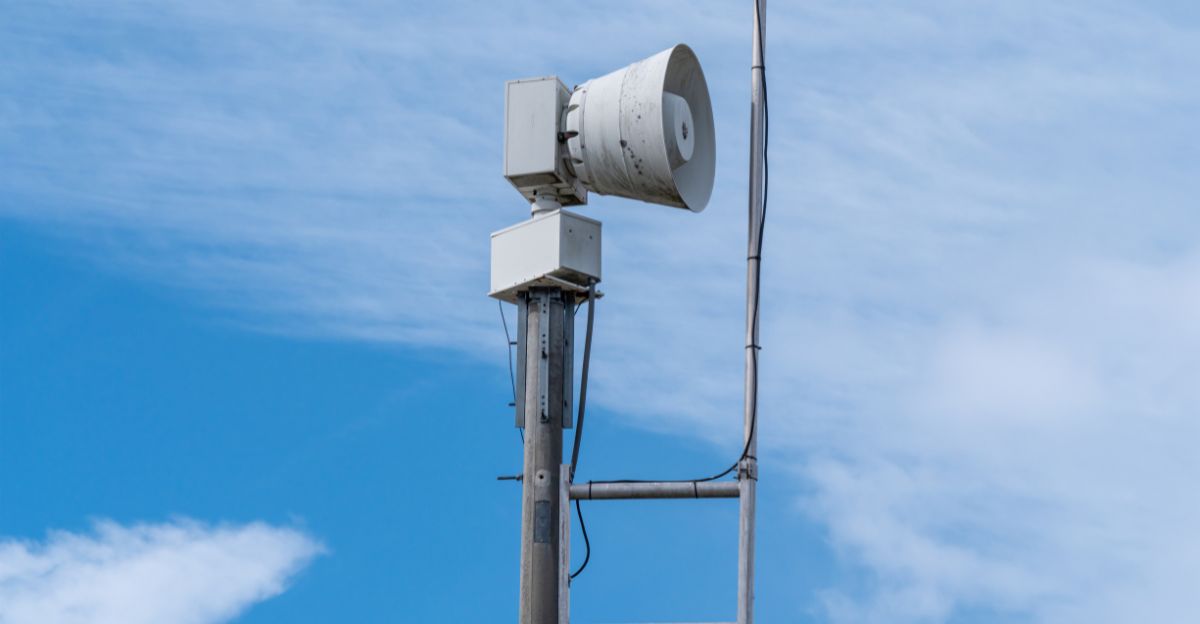
While many may be worried about the recent shift in tornado activity, there are breakthroughs in technology that could aid in the forecasting and mitigation of future disasters.
A real-time predictor for typhoon-associated tornadoes has been developed at Fujitsu and Yokohama National University, Japan, which can simulate large-scale and smaller tornadoes, which should reduce the time to predict tornadoes from over 10 hours to just over one hour.
A More Resilient Future
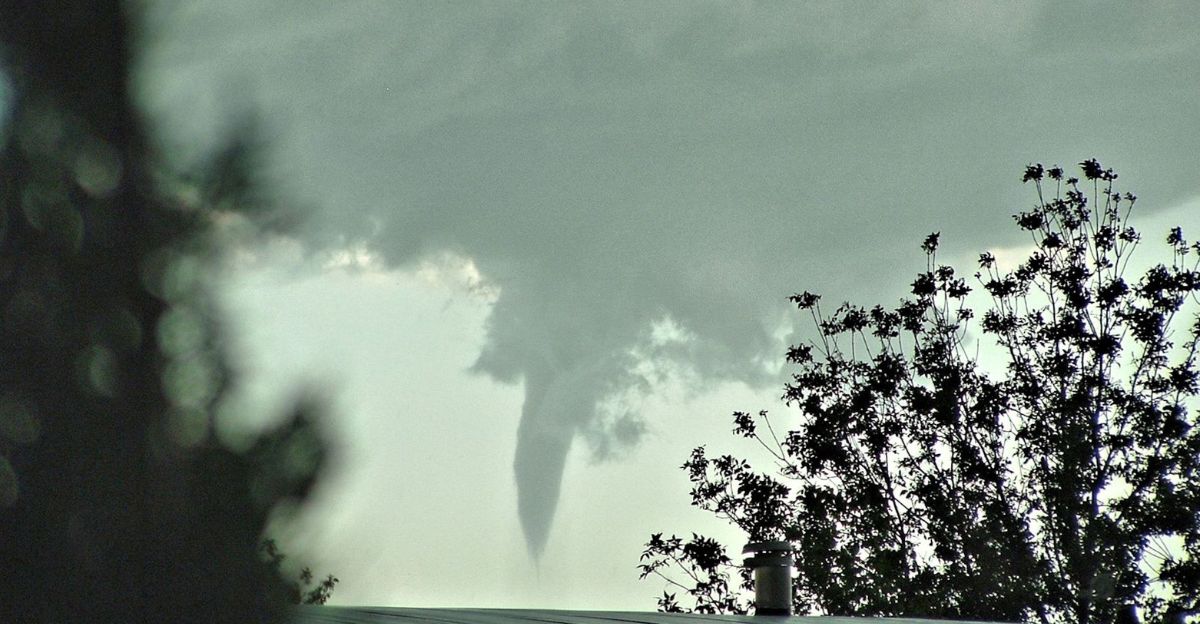
To create a more resilient future, efforts could be made towards modern strategies that incorporate infrastructure, education, and technology.
Building codes in areas where tornadoes are rising in frequency could become stricter, drawing on the same standards from the traditional Tornado Alley. Education campaigns should be increased with the goal of increasing awareness of protocols during tornado events.
Explore more of our trending stories and hit Follow to keep them coming to your feed!

Don’t miss out on more stories like this! Hit the Follow button at the top of this article to stay updated with the latest news. Share your thoughts in the comments—we’d love to hear from you!







